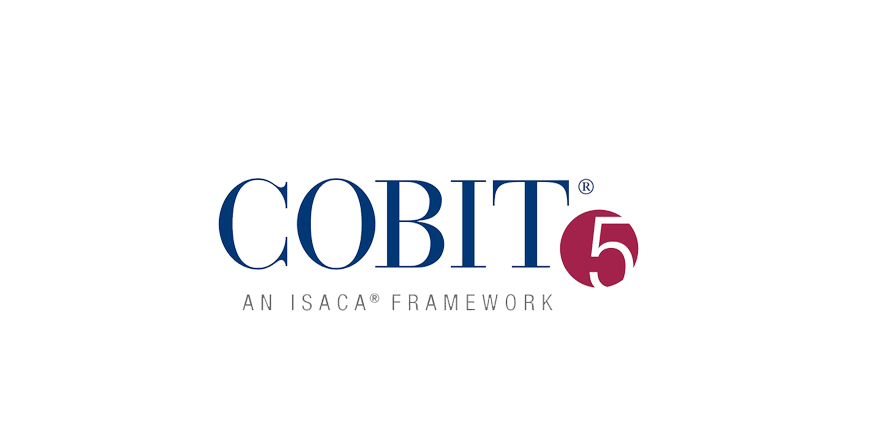The COBIT 5 Foundation course is designed for IT professionals seeking a deeper knowledge and understanding of the governance and management of enterprise IT. COBIT 5 is the only business framework for governance and management of enterprise IT from ISACA®, the creators of the COBIT 5 framework. The framework incorporates thought leadership and guidance from business, IT, and governance experts around the world.
The COBIT 5 course includes six lessons that cover the five principles and seven enablers that form the basis of the COBIT 5 business framework. Real-life scenarios and quizzes complement the COBIT training.
On completing the COBIT 5 Foundation course, you will be able to:
- Pass the COBIT 5 Foundation exam and earn a COBIT 5 certificate
- Understand the IT management issues in your organization/enterprise and implement COBIT to respond to those challenges
- Put into practice the knowledge you get from the COBIT 5 framework and recommend applications of COBIT for enterprise-wide projects
- Take advanced COBIT 5 courses and their exams such as:
- COBIT 5 Implementation – to master the governance of enterprise IT based on a continual improvement lifecycle
- COBIT 5 Assessment – to be able to perform formal process capability assessments.




